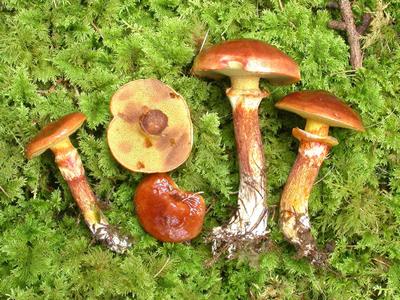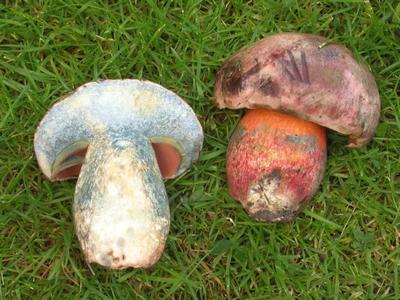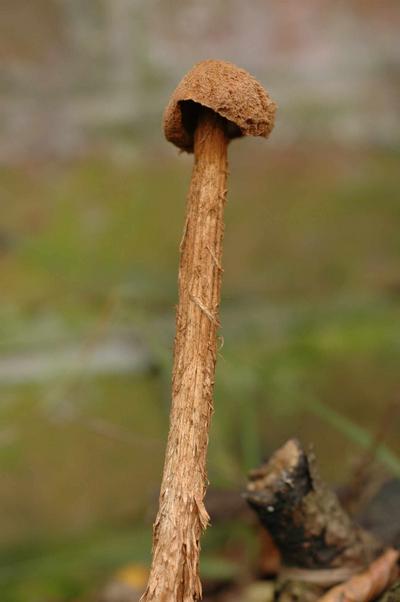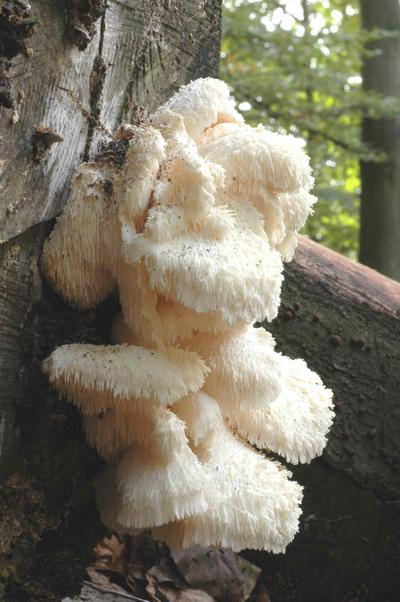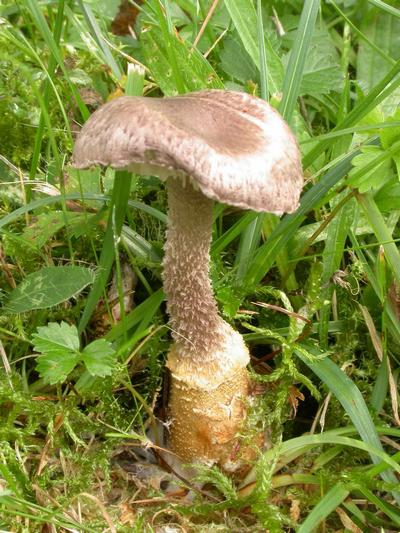Fungi consist of over 12,000 species in Britain, possibly more, and who knows how many in Worcestershire? Normally accepted fungi outnumber plants by a factor of between 5 or 7 times. So in Worcestershire at least 8,000 are possible, although for the larger fungi we might expect to find 2,000-3,000 species?
Fungi are not like insects that spread north in response to a warmer climate. Or like plants that tend appear at a point source and spread steadily outwards along roads or railways. We don’t really know what species we have in Worcestershire. New species may not be new just not recorded for years. Some fungi fruit only once in 30 or even 50 years and even then you need to at the right place at the right time – a matter of a few days to catch many fruiting? Even if you can name a fungus the name will have changed from older records – so it may not be obvious.
Books – you need lots. General guides such as that by Roger Phillips or a single Genus such as David Boertmann on waxcaps Hygrocybe in the Fungi of Northern Europe.
The British Mycological Society on line Fungal Records Database is useful source of up to date information and also Kew has the online Basidomycota checklist. The names in most books are old and may have been updated.
www.fieldmycology.net/FRDBI/FRDBI.esp
www.basidocheck.info/
An ongoing process with new species appearing;
Non native plant introductions will have fungal associations. Exotic trees introduced since 1700 have brought in new fungal species. Extensive conifer planting by Forestry Commission has introduced hundreds of fungi associated with trees. Global trade brings in new species and also spores can drift globally, only needing suitable habitat and substrate. They are normally out-competed by native species but sterile habitats offer opportunity for development, such as wood chip. Global warming is allowing new fungi to colonise, mild winters and hotter summers all help, most need a warm summer for the mycelium to grow well.
The larch bolete Suillus grevillei a common example of an introduced species on conifer trees. Note the dark capped form found in some Forestry Commission plantations - how common is this in Worcestershire?
The oldrose bolete Boletus rhodopurpureus on mature oak in hedgerows or parkland, found in the recent hot summer of 2005 in Herefordshire, is this in Worcestershire and increasing?
Wood chip is now common in many places especially supermarket car parks and similar areas. Look out for native species such as the butter cap Collybia butyrace, magpie Coprinus picaeus, field blewit Lepista saeva and possibly the very poisonous false morel Gyromitra esculenta, a species new to Worcestershire first found near Astley in 2008 on bare sandy soil.
New species for Worcestershire may appear on wood chip and details can be found in British Wildlife Volume 18(2) p.103. Look out for the red Stropharia aurantiaca from Australia or Agrocybe putaminum first described in 1986 at Kew and A. rivulosa from Holland. And finally on wood chip it just might be possible to find the exotic looking Devil’s fingers Clathrus archeri, but please phone me if you do!
Apparently new fungi include the sandy stilt puffball Battarraea phalloides found recently near Bewdley on a sandstone cutting, this could appear on similar habitats around Kidderminster?
Salmon salad Guepina helvelloides an introduction has spread and is scattered in conifer woodlands in Herefordshire and Shropshire but very rare in Worcestershire, it likes forest rides on formerly disturbed ride verges.
The tiered tooth Hericium cirrhatum has appeared at Pipershill Common on the ends of recently felled beech trunks. A southern species that may be here as a result of hot summers or management work at Pipershill?
The stinkhorn var. Phallus impudicus var togatus has not been seen in Worcestershire since 1987, but how many times do people check out the fruitbody from the smell of the stinkhorn fungus. Could climate change provide more veiled stinkhorns?
The powdercap strangler Squamanita paradoxa is a rare parasite on a common grassland fungus - the earthy powdercap Cystoderma amianthinum. It has been rarely recorded in Britain but more records are appearing. I recorded it on the Shropshire side of Wyre Forest in 2007. The acid grasslands of the Malvern Hills commons look ideal habitat.
Less obvious species include red thread fungus Laetisaria fuciformis on grasslands. This appeared in the hot summer of 2007. Could this or similar species affect more grassland if we have hotter summers?
Mild damp winters might give rise to more fungi on insects such as Hymenostible muscaria that occurs on Diptera?
If we have a changing climate the first species to make a serious impact on our flora could be the various rusts, smuts and mildews. These species could become problems especially on sites with a monoculture that would be very prone to attack.
The worst fungi are the unwelcome pathogens that we have already seen at work such as Crayfish Plague, Oak Wilt, Dutch Elm Disease, Horse Chestnut Wilt and Sudden Oak Death, all a result of man’s activities. The Sudden Oak Death Phytophera ramorum and related species are particularly worrying if they take hold in Worcestershire.
Finally; Don’t Panic! Most fungi are harmless or actually quite useful: just remember the useful fungal mychorrizal associations with many of our trees.
